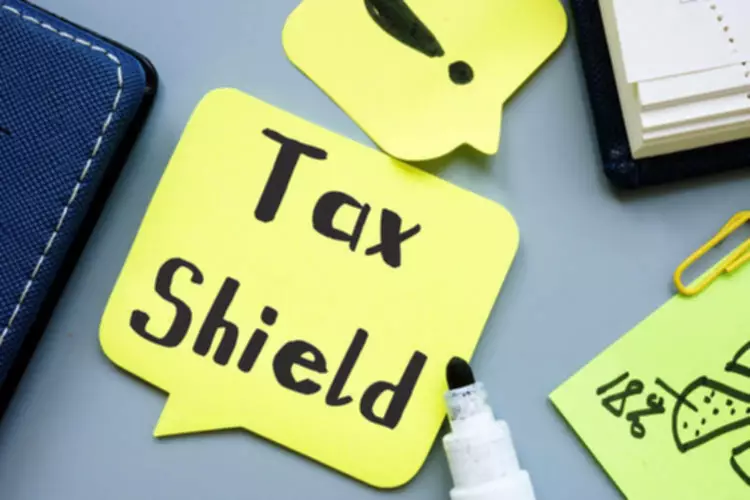Fixed Assets in Accounting Definition, List Top Examples
Content

After early years of nothing but debt and hard work, the moment that a business owner discovers they are making money can be absolutely momentous. Profits may outweigh costs and, with luck, assets can outnumber debts. However, the computer accessories need to be scrutinized, whether the same are separable or inseparable assets, as the accounting for the same is done differently. 0If they are inseparable, they will be included in the cost to the computer, or if they are separable, they will be recorded as a different asset in the books of account. If a company is unable to buy PP&E out of its own resources, it has two options.
Intangible AssetsIntangible Assets are the identifiable assets which do not have a physical existence, i.e., you can’t touch them, like goodwill, patents, copyrights, & franchise etc. They are considered as long-term or long-living assets as the Company utilizes them for over a year. Tangible AssetsTangible assets are assets with significant value and are available in physical form. It means any asset that can be touched and felt could be labeled a tangible one with a long-term valuation. Heavy-duty machinery — like assembly lines, cranes and equipment such as X-ray machines, lawn mowers and pizza ovens — is considered a fixed asset. Offices, warehouses, factories, workshops and garages are among the fixed assets in this category.
Financial Overview
Our sales engineers are experts in automatic asset tracking, tagging and identification,a nd can answer all your questions. Shipboard & MarineShipboard & Marine Explore asset tags for use in marine operating conditions exposed to saltwater spray. ManufacturingManufacturing fixed assets examples Explore asset tags designed to last in harsh manufacturing conditions. Saltwater Explore asset tags for use in marine operating conditions exposed to saltwater spray. Manufacturing Assets Explore asset tags designed to last in harsh manufacturing conditions.
What are the 5 fixed assets?
- Vehicles such as company trucks.
- Office furniture.
- Machinery.
- Buildings.
- Land.
Fixed assets tend to be high in value, so more fixed assets help raise a company’s valuation and expand its access to capital. Fixed assets are the property, plant and equipment — with multiyear useful lives — that form the backbone of a business. How a business depreciates an asset can cause its book value to differ from the current market value at which the asset could sell.
What types of fixed assets might a company have?
A company’s balance sheet statement includes its assets, liabilities, and shareholder equity. Assets are divided into current assets and noncurrent assets, the difference of which lies in their useful lives. Current assets are typically liquid, which means they can be converted into cash in less than a year. Noncurrent assets refer to assets and property owned by a business that are not easily converted to cash and include long-term investments, deferred charges, intangible assets, and fixed assets. Fixed assets are long-term, tangible assets used in a company’s operations that are not expected to be converted to cash within one year. They are recorded on a company’s balance sheet at their cost, less accumulated depreciation. Examples of fixed assets include land, buildings, equipment, and vehicles.

In addition to assets inside a building, buildings, capitalized land, land improvements and some construction projects are also considered fixed equipment. Assets that are under renovation or construction are capitalized if the total cost is $100,000 or 20% https://www.bookstime.com/ of the building. Fixed assets are contrasted by current assets, which get used up within a single operating cycle. For example, a toy company may buy an assembly machine that will last 20 years and use it to combine toy parts to create the toys it sells.
Key Characteristics of a Fixed Asset
Depreciation enables companies to generate revenue from their assets while only charging a fraction of the cost of the asset in use each year. Although the list above consists of examples of fixed assets, they aren’t necessarily universal to all companies. In other words, what is a fixed asset to one company may not be considered a fixed asset to another. Office equipment, desks and tables are considered fixed assets, as are fixtures such as sinks, cubicle walls or rugs (that is, any built-in item that cannot be removed without damage to the asset).
- Advertising considerations may impact how and where products appear on this site but do not affect any editorial decisions, such as which products we write about and how we evaluate them.
- In this scenario, the PP&E is considered a fixed asset but the financing is a liability.
- Government & Civil Assets Explore asset tags designed for permanent attachment to government assets such as traffic signs, equipment and infrastructure.
- A fixed asset appears in the financial records at its net book value, which is its original cost, minus accumulated depreciation, minus any impairment charges.
- Additionally, fixed assets are used by financial experts to determine the value or profits of a company.
Commonly called property, plant and equipment , their primary function is to support a business’s operations. Fixed assets tend to be substantial — not only in terms of cost and, sometimes, physical size, but also in the ways their accounting treatment brings benefits to a company. Fixed assets are company-owned, long-term tangible assets, such as forms of property or equipment. These assets make up its day-to-day operations to generate income. Being fixed means they can’t be consumed or converted into cash within a year. As such, they are subject to depreciation and are considered illiquid.


























































